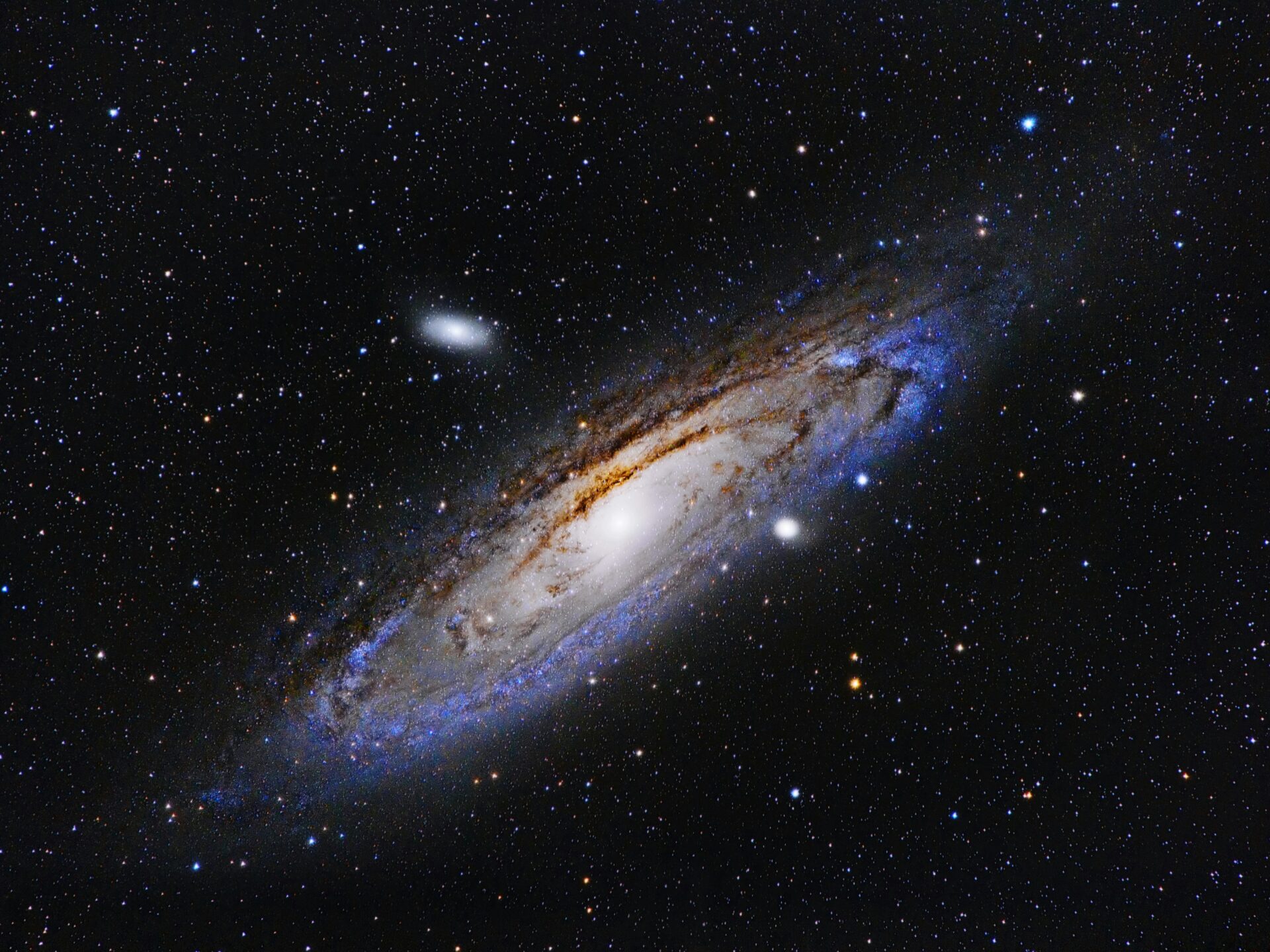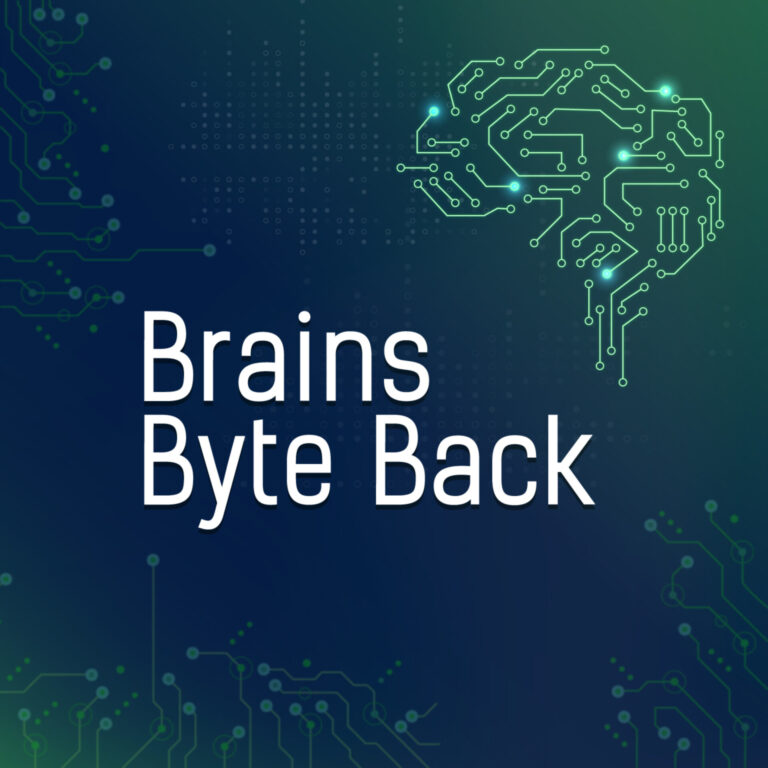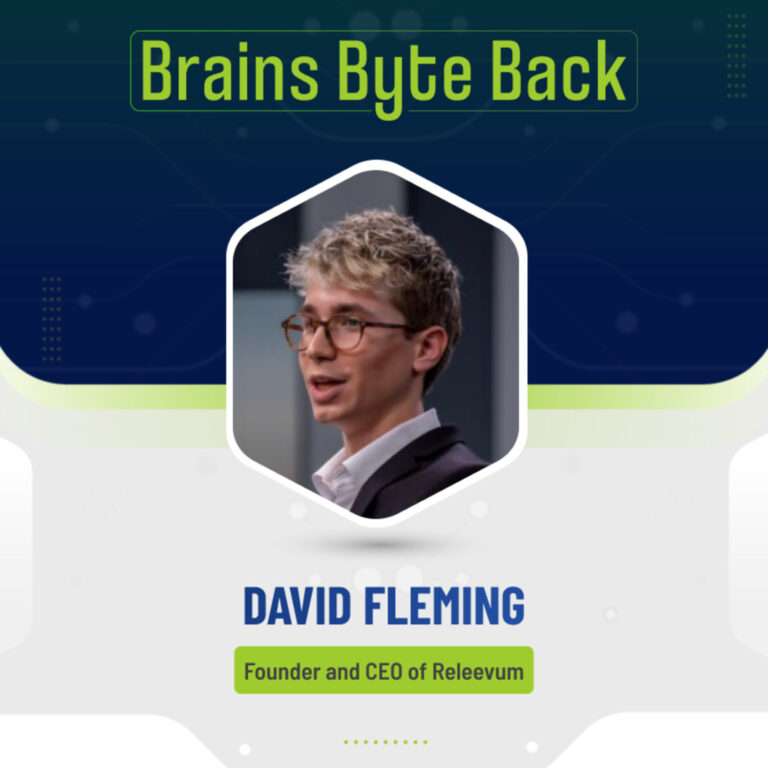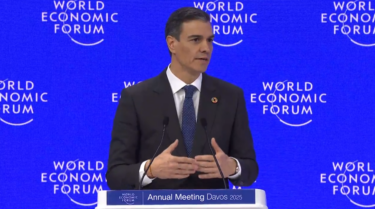A few days ago, a video by Sabine Hossenfelder was released on YouTube discussing whether the Universe is capable of thinking. For those unfamiliar with Sabine, she is a physicist and one of the best presenters on scientific topics. No fluff, no mysticism—just facts and physical principles. She has excellent material on quantum mechanics, for example, where she demonstrates that these phenomena aren’t mystical but rather peculiar and manageable through mathematics. That’s why it was surprising to see her (seemingly) dive into a topic that appears mystical, like the thinking Universe. Moreover, she claims that it’s possible.
Of course, anyone who watches the video won’t be disappointed. True to her style, Sabine approaches the topic from the perspective of physics.
The first question, of course, is how we define thinking or perhaps consciousness. These topics are still the subject of intense debate today, but most would likely agree that thinking involves some form of information processing. And if that’s the case, then information transmission must occur. This, however, can immediately be addressed using our current knowledge of physics. According to Einstein’s theory of relativity, information cannot be transmitted faster than the speed of light. This imposes an upper limit on any thinking structure. If something is too large, the slow transmission of information would prevent it from being able to think—or it would do so incredibly slowly.
Similarly, there is also a lower limit to thinking, as the smallest unit for storing information could be an elementary particle. Moreover, due to environmental noise, stable information storage requires structures much larger than atoms. This provides a good explanation for why humans—and thinking life in general—exist in the middle range of scales.
Based on the above, we should immediately dismiss the idea of a thinking Universe, but in her video, Sabine points out that there are a few loopholes.
One such loophole is that while the speed of light imposes a limit on motion through space, space itself is not necessarily homogeneous. Fans of science fiction might immediately think of wormholes—regions that connect two distant points in space. A wormhole shouldn’t be imagined as a tunnel with a specific length; rather, it’s simply a peculiar structure of space. If I travel left, it might take 10 light-years to reach the next star, but there could be a shorter path to the right that takes only 1 light-minute.
We haven’t discovered any wormholes yet, but that doesn’t mean they can’t exist. It’s possible that the world around us is full of them, but they’re so small that we’re incapable of detecting them. Still, information might be able to travel through them. Perhaps the Universe’s nervous system weaves densely through our world, and we remain completely unaware of it.
The other loophole is that the theory of relativity doesn’t actually rule out the existence of speeds greater than the speed of light. It merely states that if something moves slower than the speed of light, it cannot be accelerated to exceed it. However, it doesn’t exclude the possibility of particles that are inherently faster than light. These hypothetical particles are called tachyons. They travel faster than the speed of light and cannot be slowed down to below light speed.
Nothing rules out the possibility that the Universe might possess a nervous system made up of tiny wormholes or some tachyon brain (which sounds much cooler than a positronic brain). Because of this, the laws of physics do not completely exclude the possibility that the Universe could think.
Of course, the question remains whether such a tachyon-brained Universe could know anything about us. Even if the Universe does think, it’s unlikely that our existence matters to it in any way—or that the Universe’s thoughts would have any impact on us. So, for those searching for God, this is probably the wrong place to look. A thinking Universe doesn’t really align with the traditional concept of God. However, to ensure that even those who started reading this article for that reason aren’t disappointed, let’s delve into a further line of reasoning.
Attention! Pseudo-science alert!
Sabine started from the laws of physics and examined whether consciousness could emerge as a property. But what if consciousness is fundamental, and the laws of physics are emergent?
The very first article I wrote on HackerNoon was about this exact topic. What if the Universe is actually a brain—a thinking structure suffering from massive dissociative identity disorder, imagining itself as billions of humans? The physical reality and the world around us would then be nothing more than an interface between individual consciousnesses. It’s impossible to rule out this possibility because any experiment we might conduct to disprove this theory would fail. Our consciousness would always generate a reality that aligns with the laws of physics as we expect them to. Yes, yes, I’m talking about the good old simulation hypothesis. For those interested in exploring this topic further, feel free to read the article I mentioned.
One of the counterarguments against the simulation hypothesis is: “Okay, but who built the computer running the simulation?” The answer is very simple: there is no computer (like there is no spoon). Just as the currently accepted scientific perspective holds that the Universe emerged from nothing, a thinking structure—a “Brain Universe”—could similarly have emerged from nothing. In this Universe, it wasn’t galaxies and stars that formed over time, but thoughts and consciousnesses. I’ve also written a full article on this topic. If you’re interested, you can read it here: A Brief Introduction to The Boltzmann Brain Theory
As we reach the end of this article, we still don’t have an answer to our question. We still don’t know whether the Universe thinks or not. However, I believe we’ve gained many new ideas—ones that perhaps even go beyond this question.
This article was originally published by Laszlo Fazekason HackerNoon.












